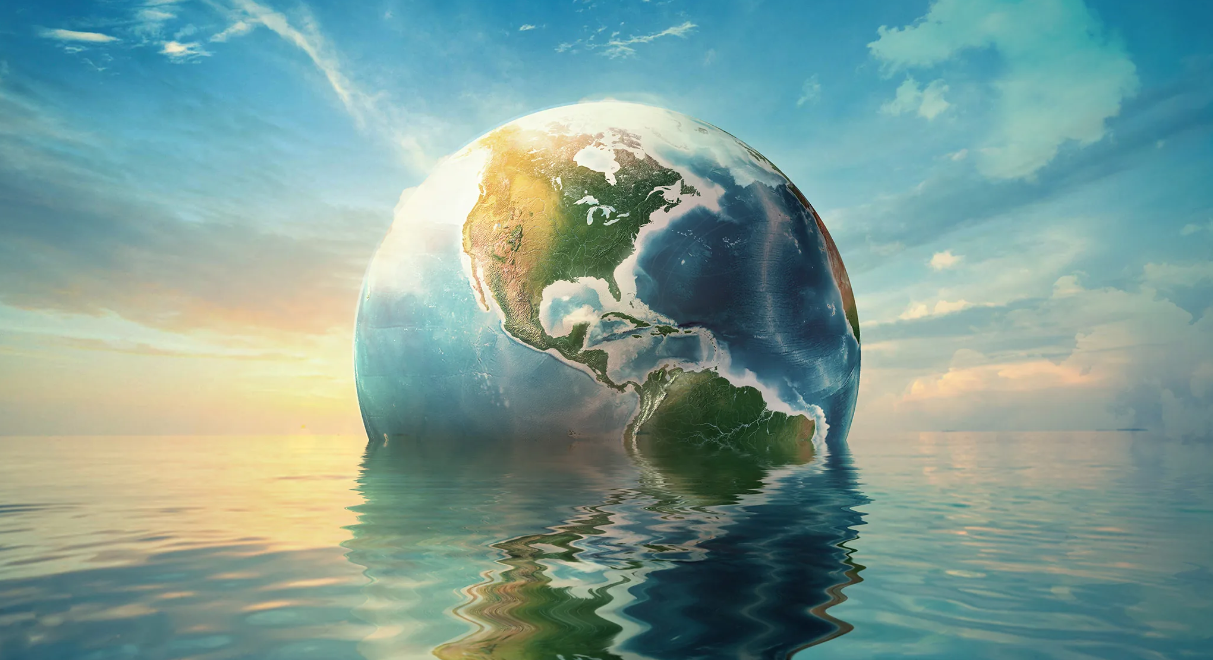The extraction of groundwater and its transfer caused displacements of such a large mass that the Earth tilted almost 80 centimeters to the east between 1993 and 2010 “moving the pole of rotation in that period”, revealed a scientific investigation
Human redistribution of existing water below the Earth’s surface causes the Earth to tilt at a higher level than is considered normal. Human beings have extracted such a large mass of water that the Earth’s axis of rotation has tilted,” highlighted research published in the journal Geophysical Research Letters, by an international group of scientists.
The biweekly publication is regularly reviewed by its peers at the American Geophysical Union who track the various changes in the atmosphere, oceans, hydrology, space, and planets.
The scientists based their calculations on previous studies, estimating that “humans pumped 2,150 gigatons of groundwater in two decades, equivalent to a sea level rise of more than 6 millimeters,” they explained.
Specifically, the researchers maintained that “this is the first time that the influence exerted by groundwater on the rotational changes of our planet has been examined”, which moved almost “80 centimeters to the east between 1993 and 2010”.
The premises evaluated by the researchers have to do with the pole of rotation, the point around which the Earth revolves. The planet moves during a process called “polar motion,” which occurs when the position of Earth’s pole of rotation changes relative to the Earth’s crust.
“Like adding a bit of weight to a cone, the Earth rotates slightly differently as the water moves,” the experts explained.
“The pole of rotation varies a lot, the research showed that among the climate-related causes, redistribution of groundwater has the most influence on the deviation of the pole of rotation,” said Ki-Weon Seo, a South Korean geophysicist at Seoul University, one of the heads of the research.
During the work, the researchers modeled the observed changes in the tilt of the Earth’s pole of rotation, and therefore, in the movement of water, considering only ice sheets and glaciers, taking into account different water redistribution scenarios. underground.
“The position of groundwater is important in that it could change polar rotation, and redistribution of water from mid-latitudes has a greater impact on pole rotation,” they added from the published research.
During the period studied, the largest amount of water was redistributed in western North America and northwestern India, both in mid-latitudes, according to a note released by the American Geophysical Union (AGU).
